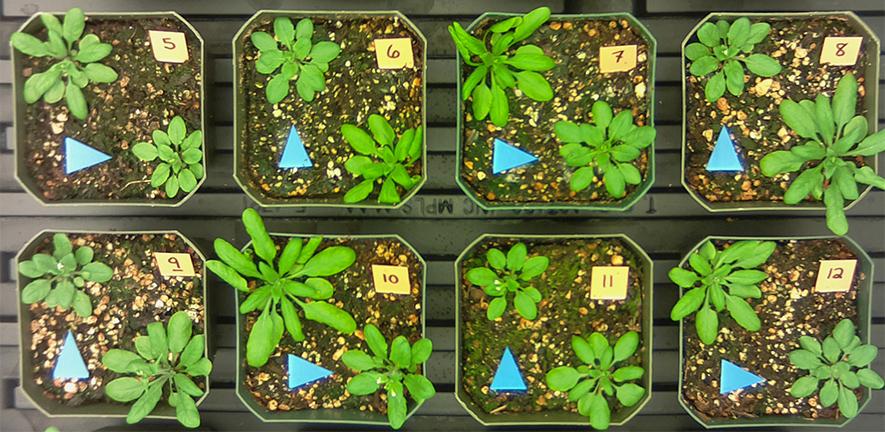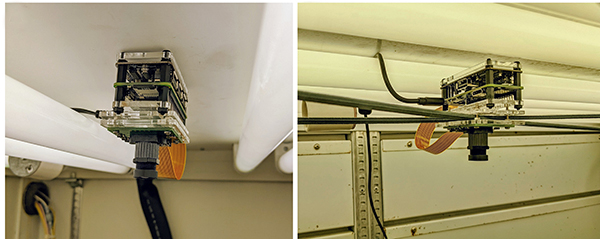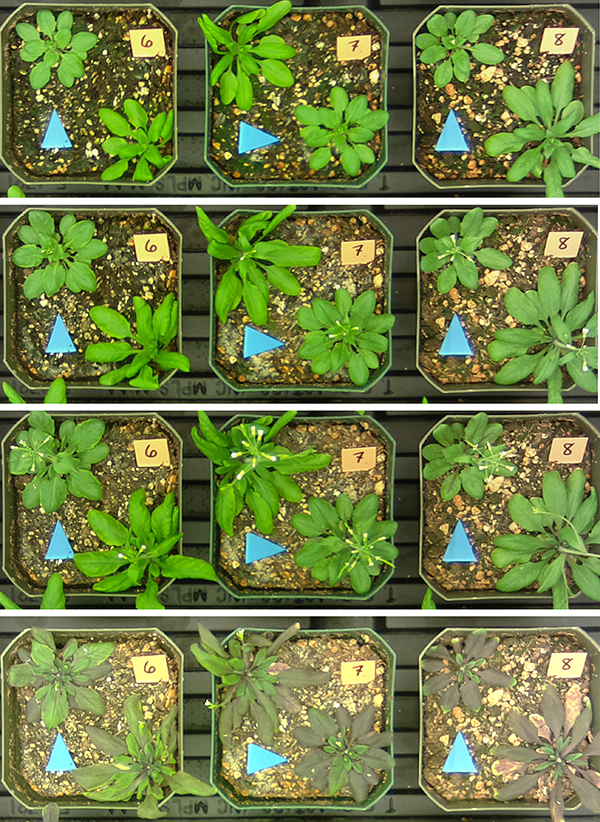
Submitted by Anonymous on Mon, 06/02/2023 - 11:02
Standardised, low-cost, widely-applicable protocol eliminates common methodological error and improves data quality and reproducibility.
A new protocol for monitoring water stress in pot-grown plants has been develop by Daniel Ginzburg, PhD student and scientist in the department and at the Carnegie Institution for Science in Stanford, California. The new standardised system uses a Raspberry Pi and camera to visually monitor seedlings of different genotypes en-masse and is applicable for many species and studies.
Remote monitoring of plant growth and development is an active field of research in agriculture, with many technologies in place/in development that use images to monitor tiny changes in plant growth. Scientists can then correlate visual changes to the state of the plant’s health to help them understand and monitor the effects of a given treatment. In commercial situations, this could enable growers to adjust growing conditions to ensure better growth.
Identifying genotypes which confer greater resistance to drought is crucial to engineering more resilient crops in the face increasing global temperatures. In many cases, drought experiments are performed incorrectly as potential differences in water usage across genotypes are ignored.
‘Current monitoring systems are also often quite costly, take up a lot of space and require complex analytical software to use,” said author Daniel Ginzburg. “Our new protocol is simpler, costs just 35 pounds, and is standardised such that it can be applied in many situations and produce results that are comparable across experiments.”
The team recently used the system to differentiate differences in water usage from true drought resistance in the dwarf Arabidopsis thaliana mutant chiquita1-1/cost1.
‘We expect the protocol to be particularly useful for more readily identifying genotypes that confer greater resistance to drought. This should aid researchers in engineering varieties that can deal better with the effects of climate change, which we know will exacerbate the prevalence of drought conditions’ said Ginzburg.
Above: Image series of three plants over the course of time (top to bottom) as they suffer from water deficit.
Read the paper:
Ginzburg, D.A., Rhee, S.Y. 2023. Evaluating Plant Drought Resistance with a Raspberry Pi and Time-lapse Photography. Bio-Protocol. https://bio-protocol.org/en/bpdetail?id=4593&type=0
Useful links:
Danny Ginzburg: https://www.plantsci.cam.ac.uk/staff/danny-ginzburg
Circadian signal transduction reserch group: https://www.plantsci.cam.ac.uk/research/groups/circadian-signal-transduction


